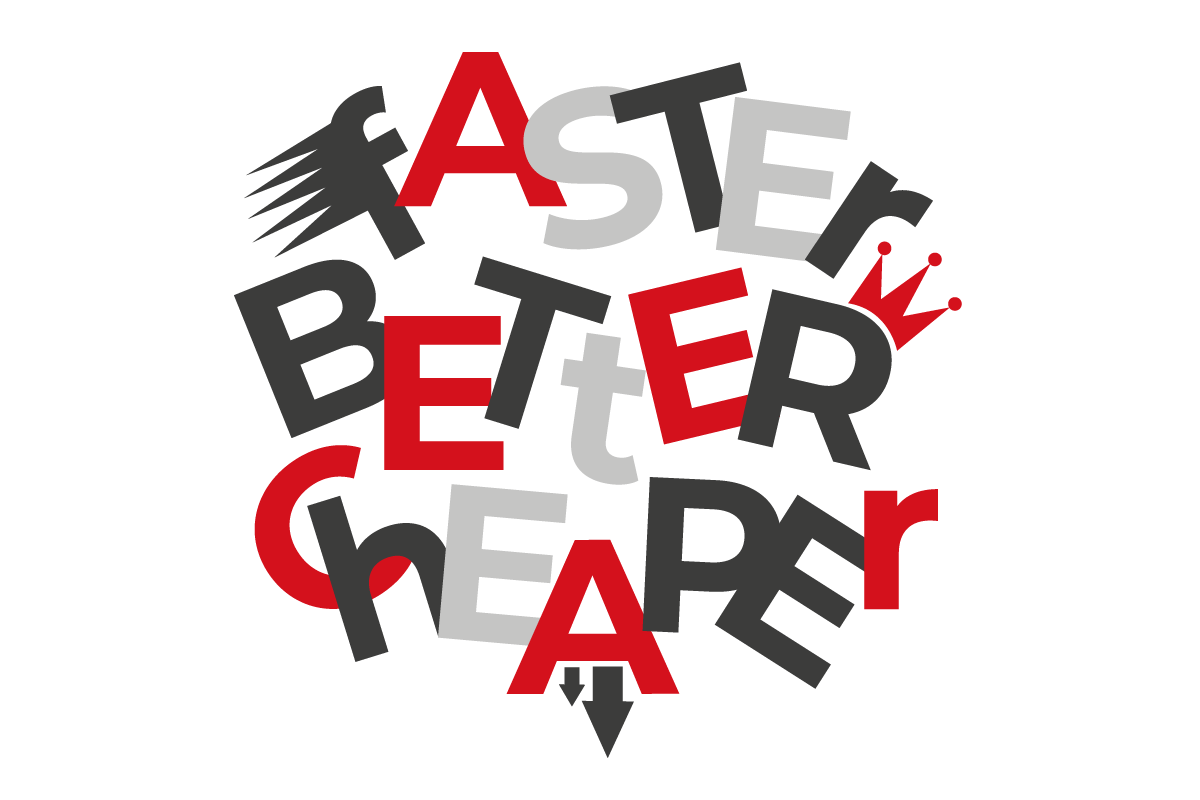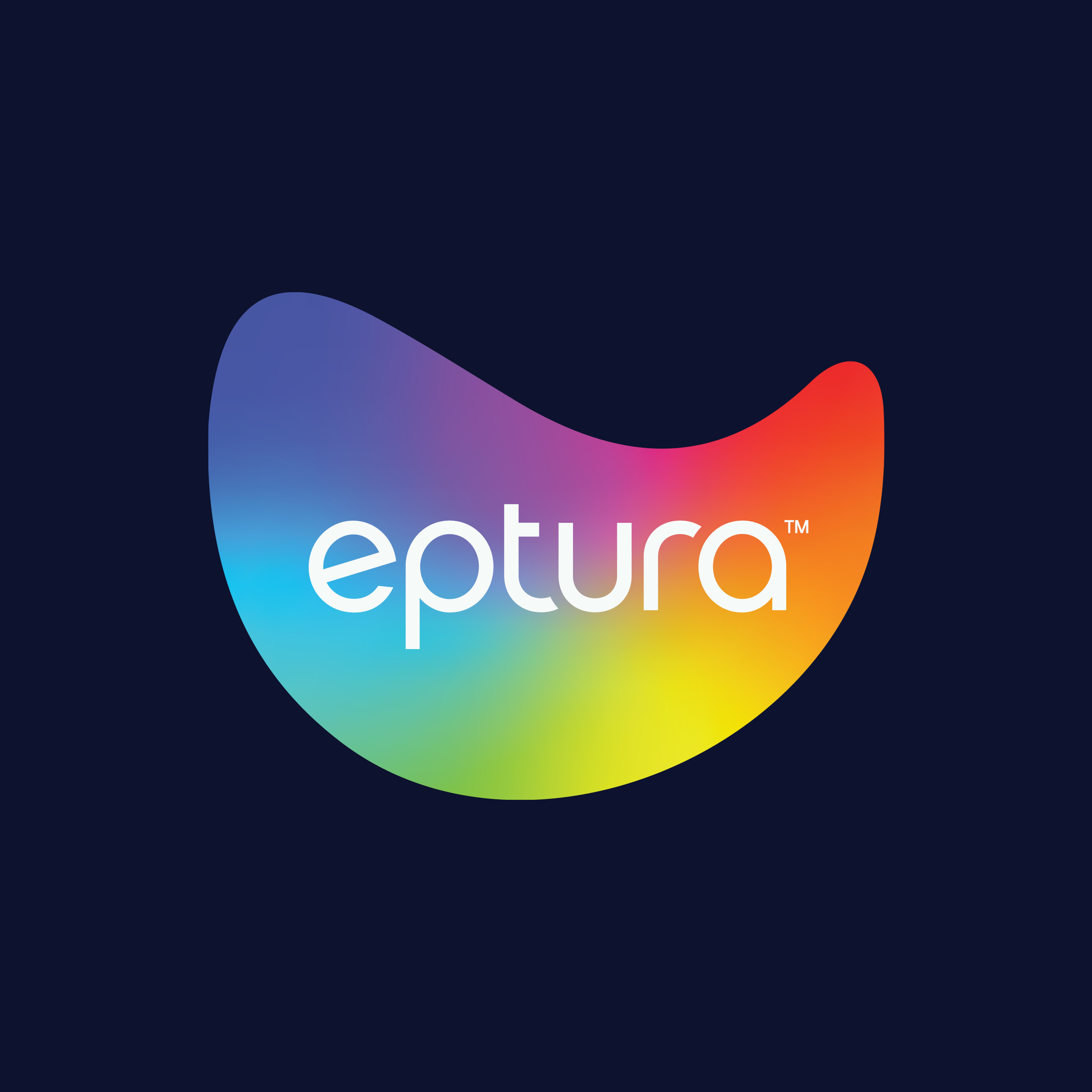Faster, better, cheaper: Is it possible to have all three after all?

As the cost of living crisis continues, businesses are entering the new year having to work harder than ever to stand out from the competition.
In a recent piece we shared some thoughts on why creativity will prove crucial to surviving this period – and how it could even help some businesses emerge from the recession stronger.
But irrespective of the potential opportunities, it remains a challenging time. Creative directors need to work harder than ever to protect their remit, demonstrating that they can deliver creative excellence at speed and on budget.
When considering these constraints, the ‘faster, better, cheaper’ saying comes to mind.
For those unfamiliar, the adage – sometimes known as the faster, better, cheaper paradigm, or triangle – is used by creative departments and agencies to help decision making. As the saying goes, every creative project has three key properties – fast, good, cheap – and you can pick two, but never have all three.
But the problem with using the same model for so long is that it can become a self-fulfilling prophecy.
Here’s why…
When it comes to creativity we shouldn’t have to compromise
In some ways, it makes sense that the triangle has been so widely referenced.
We’ve all had times in our career when it’s helpful to have a tool to assist with having tricky conversations, or for narrowing down priorities. But the problem with relying on the same model for decades means that we risk falling into the trap of always doing things a certain way.
What’s more, today’s marketing landscape no longer looks the same as it did back when the triangle model was conceived. Since then the digital revolution has changed every aspect of how we work – a transformation further accelerated by Covid. This means that customer demands are changing more quickly than ever, and as creatives we’re tasked with communicating that we can meet these demands.
We need to show that we can achieve high levels of quality, at speed, and with increased levels of efficiency. We need to demonstrate, in other words, that when it comes to creativity we shouldn’t have to compromise: that it is possible to have all three.
A new way of thinking
As we move out of the pandemic and into a recession, Creative Directors need to be thinking big, not small. As P&G’s chief brand officer Marc Pritchard puts it, they need to “double down on…the super power that no other industry has – creativity for growth.”
But with cost-efficiency front of mind for every business, doing so means working in as agile a way as possible. One way of doing this is thinking creatively about how we structure and assemble our teams. For Michael Storey, Creative Consultant & former Head of Creative Branding at Ocado, this means having a core team of “brand guardians,” and drawing on freelance support when required to take on larger projects.
And Michael isn’t alone in seeing the value of a hybrid model; a report from Harvard Business School found that 60% of business leaders would prefer to rent, borrow or share talent with other companies.
Taking this type of approach, Michael says, allows businesses to get past the faster, better, cheaper conundrum. “The hybrid model can be a game changer because it allows you to get the slider up higher on ‘faster,’ and ‘better.’ And by tapping into freelance talent you’re not losing time to the recruitment process.”
Use AI to power agility
Technology is key to facilitating this agility. Sophisticated AI, like GENIE, can match the right creative talent to the right task, at the right time, streamlining an otherwise unwieldy search process.
“I used to dread when we were recruiting more than one person at a time,” Michael says, “because it just became a black hole for our time. If technology like GENIE can help get more candidates to you, with a better chance of them being the right fit for your culture, then it could save you days at a time. And that translates to freeing up your people to actually do the creative work at hand.”
Like Michael, Brian Cooper, VP Brand and Creative at Eptura uses GENIE to bring in on-demand, high-level creative thinking. “I have an in-house creative team. They are brilliant, and they know our brand…..
Brian oversaw the brand launch for worktech company Eptura this year, using GENIE talent. “We created a whole new brand and brand identity for Eptura this year, and did so with the help of senior creatives from GENIE’s platform,” he says. “We did it all within budget, and within two months, which for a brand launch is pretty fast – and for a good brand launch is very fast.”

Does this mean the hybrid model can achieve all three: faster, better and cheaper?
“I know it works because I’ve seen it work,” Brian says.